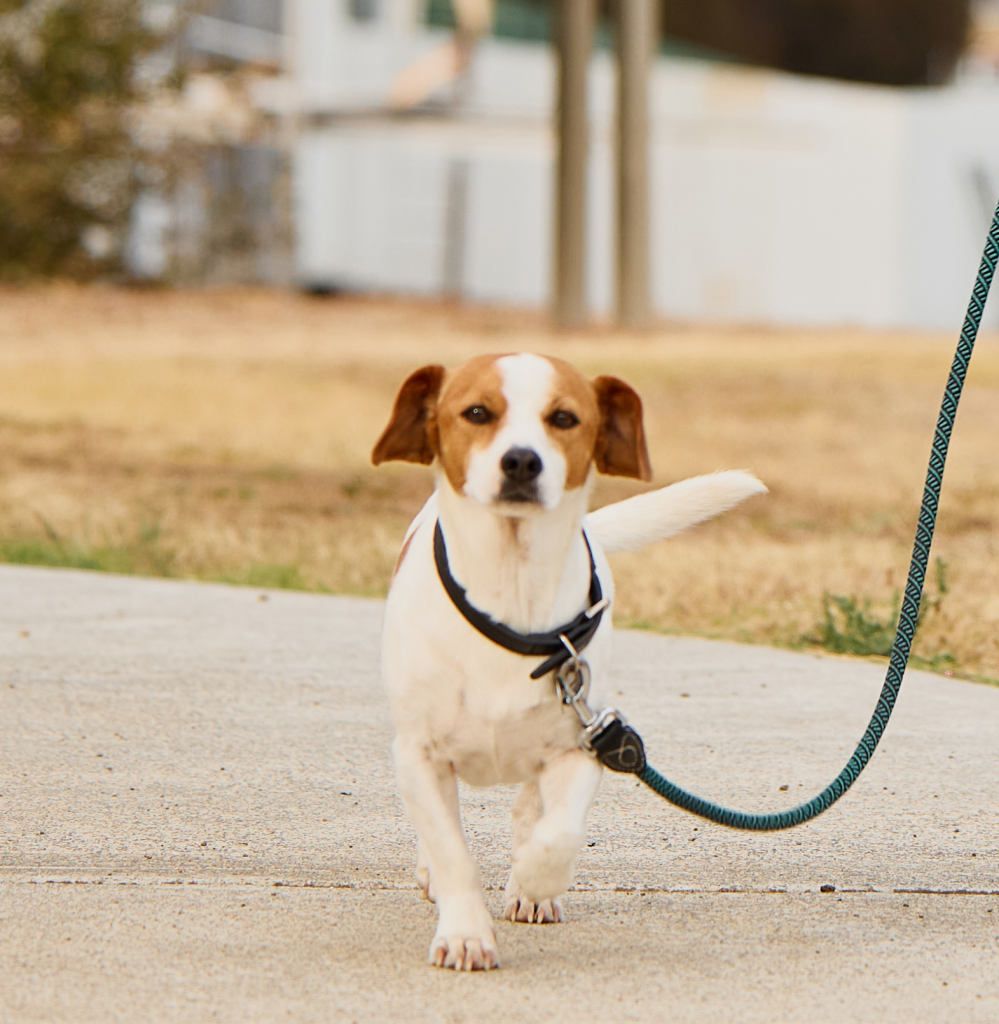The City of Clarence plays an integral role in emergency management. We have resources that may be directly utilised, and have access to other resources that may be required when responding to and recovering from an emergency.
The City of Clarence Municipal Emergency Management Plan details how the city will reduce emergency-related risks to the community. It also provides a way to mitigate and counter the impact and effects of an emergency that may arise within the municipal area.
In instances of severe weather events, the Severe Weather Event Procedure (PDF) outlines how we prepare for and manage severe weather events. It includes steps we take to reduce risks, keep services running, and support recovery efforts. With severe weather becoming more frequent due to climate change, having a clear and coordinated approach is more important than ever.
Download TasAlert app to receive the most up-to-date emergency information.
1. Prepare
Preparing for an emergency in Tasmania involves understanding local risks, having a well-thought-out emergency plan, and ensuring you have the right resources and support in place. Be pro-active and talk to your family and friends about being prepared and staying safe in the event of a disaster.
Consider your emergency planning
- How will you communicate in an emergency?
- What will you do with your pets?
Create an Emergency Plan
Include the following in your emergency plan:
- Emergency contacts (family, friends, GP, utilities, vet)
- Meeting places (a local and out-of-area option)
- Evacuation routes and transport options
- Plans for pets, livestock, and vulnerable people
- Communication plan (how you’ll stay informed and connected)

Prepare an Emergency Kit
Your kit should last you at least 72 hours without power or access to services. Include:
- Drinking water (3L per person per day)
- Non-perishable food and utensils
- First aid kit and medications
- Battery-powered or wind-up radio
- Torch with spare batteries
- Important documents (in waterproof bag or online)
- Spare clothing, blankets, hygiene items
- Face masks, hand sanitiser, and disinfectant
- Pet food and supplies (if applicable)
Resources
2. Respond
Stay Informed
- Monitor local radio stations ( ABC Local radio 936 AM) and follow emergency services on social media
- Download the TasAlert App and/or monitor the website
- Understand the Australian Warning System
Know When to Evacuate
Don’t wait, if you feel unsafe, leave early.
- Follow advice from emergency services
- Be prepared to leave if conditions are worsening, you have complex support or health needs and/or your planned triggers have been reached
- Evacuate immediately if your home is under threat, you feel unsafe or you can no longer access essential services
- Be aware of local evacuation centres and routes
- Prepare your vehicle by ensuring there is at least half a tank of fuel and pack your emergency kit
Know Where to Go
Evacuation Centres: These may be activated during emergencies. Locations are announced via:
- TasALERT
- Local council websites or social media
- ABC local radio and other emergency broadcasters
Know multiple routes: Road closures or hazards may limit your options. Plan alternative ways to leave your area safely. Check for road closures and other outages:
Communicate
- Stay in contact with friends, family and neighbours
- Communicate your plans and location when evacuating
- Check on neighbours and provide assistance where needed
- Report those who need extra support to emergency services
Support Services
- Communication support: National Relay Service 133 677
- Interpreter services: Translating and Interpreting Service (TIS National) 131 450
- Mental health support: Lifeline 13 11 14
3. Recover
Recovery begins once the immediate danger has passed and can span months or years, depending on the impact. Effective recovery is led by the community and supported by all levels of government and relevant recovery partners. It includes the provision of services and programs to help individuals and communities manage the immediate aftermath of an event, understand its impacts, and adapt to new circumstances.

Recovery does not necessarily mean returning to pre-disaster conditions, life may look different after an event. There are many resources available to assist you in the recovery process:
4. Understand your risk
The Tasmanian Emergency Management Arrangements (TEMA), along with regional and municipal emergency management plans, identify and assess a broad range of hazards that pose a risk to the community.
The highest risks to our community are identified through state-level risk assessments and are primarily natural hazards, technological and biosecurity risks.
These include:
- Bushfires
- Flooding
- Storm and wind events
- Pandemics and biosecurity outbreaks
- Heatwaves
- Hazardous materials incidents
- Energy or utility failures
- Transport accidents (road, air, sea)
- Pandemic
5. Warning and alerts
Australia’s warning system for emergencies is called the Australian Warning System (AWS).
It’s a nationally consistent, three-level warning system designed to improve public understanding and response to emergencies such as bushfires, floods, storms, cyclones, and heatwaves.
Download TasAlert app to receive the most up-to-date emergency information.
6. Pets in emergencies

Caring for pets during emergencies in Tasmania requires proactive planning to ensure their safety and well-being.
The RSPCA Tasmania’s “READY PET GO!” initiative offers comprehensive guidance on preparing for such situations, emphasizing the importance of including pets in emergency plans.






